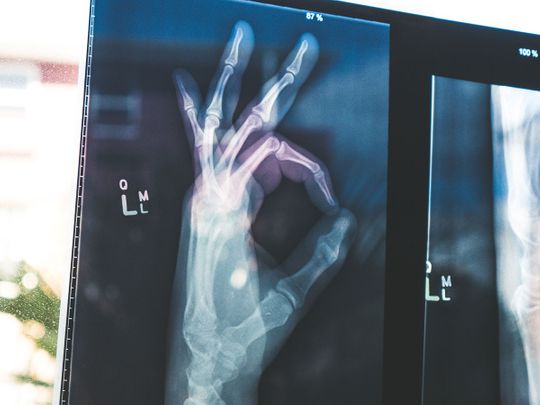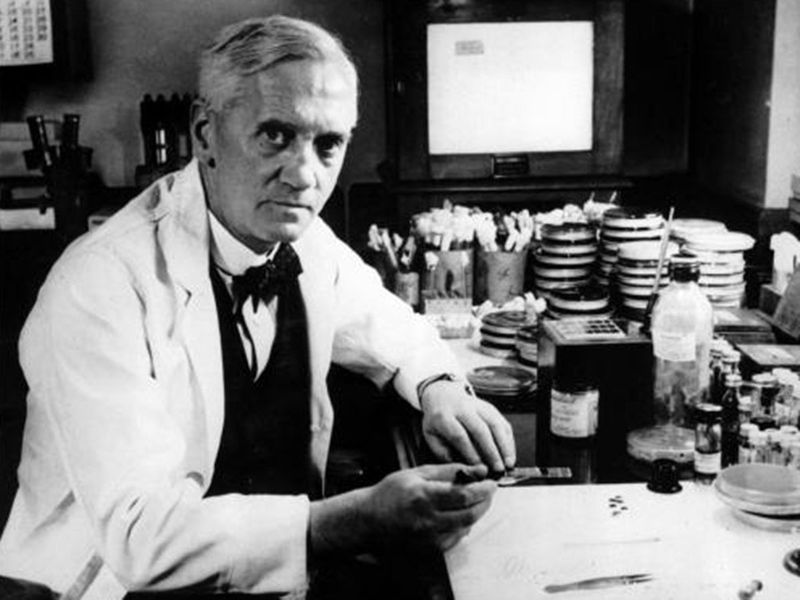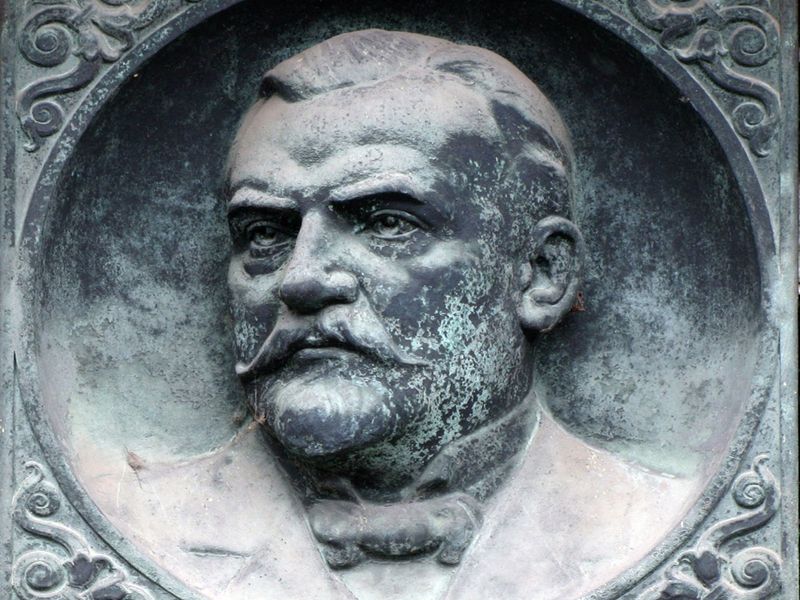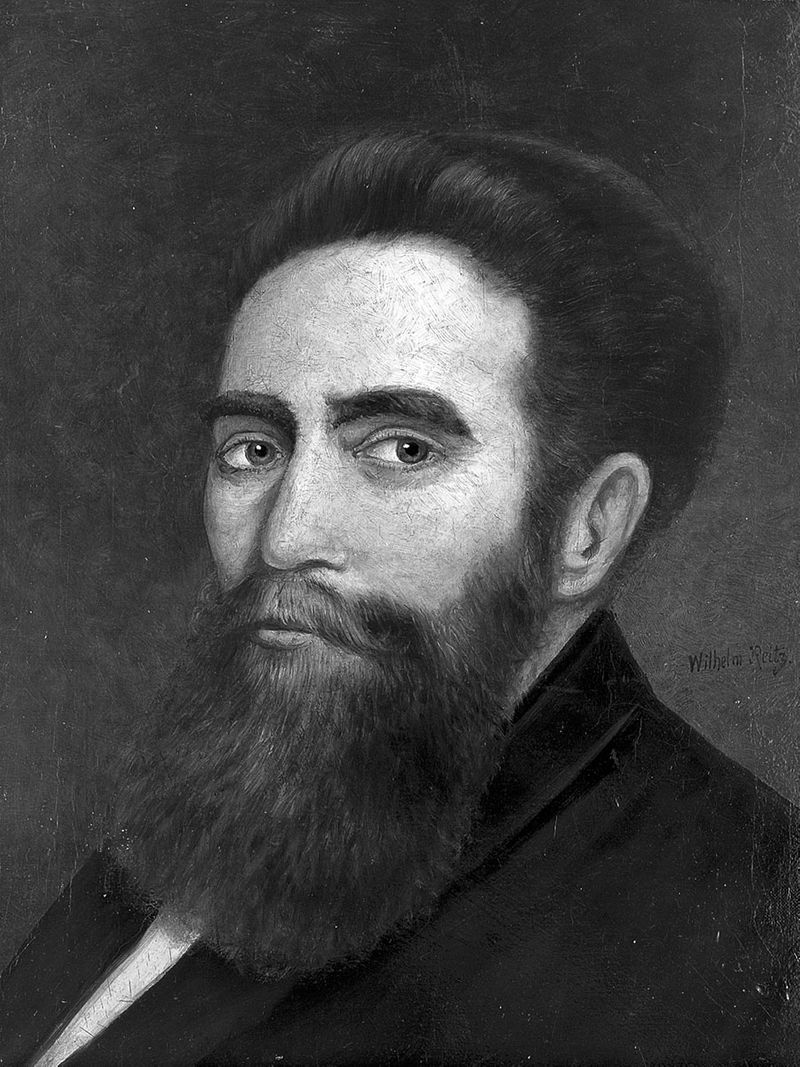
Science and serendipity often go together. Many of the world-changing discoveries we know of today are all thanks to happy accidents.
Click start to play today’s Crossword, where you can name another word for “experiment” in 9-Across.
You probably know about how a falling apple helped English mathematician Isaac Newton discover gravity. But here are a few other accidental discoveries that are just as serendipitous and responsible for changing how we see and interact with the world:
1. Penicillin

Scottish physician Alexander Fleming received a Nobel Prize for his discovery of the antibiotic. But the discovery itself occurred by chance. When he was in his lab, he noticed that a mould had contaminated his flu cultures, but the area around the mould was clear of infection. It led to him developing the world’s first antibiotic. But did you know others had gotten to this conclusion before Fleming? At the time, young stable boys would use mouldy bread to treat skin infections in horses, according to US-based science news website Gizmodo. They even rubbed the mould that accumulated on saddles into their own skin to prevent saddle sores.
2. Saccharin

Saccharin was the first widely commercialised sweetener, and is often used today by people with diabetes or those who do not want to use sugar. One day in 1879, Russian chemist Constantin Fahlberg was in his lab, working with the coal tar derivative benzoic sulfimide all day. When it was time for dinner, he grabbed a dinner roll and began to eat, but noticed that the rolls initially tasted sweet and then turned bitter. He asked his wife if she tasted it too, but she didn’t. So, on a hunch, Fahlberg tasted his fingers and noticed that the taste was probably from one of the chemicals in his lab. It led to his discovery of saccharin. Now, just imagine if he had washed his hands before dinner, how different our world would be!
3. X-rays

Wilhelm Roentgen, a professor of physics in Bavaria, accidentally discovered X-rays in 1895 when he was in the middle of testing whether cathode rays could pass through glass. His cathode tube was covered in heavy black paper, so he was intrigued when an incandescent green light escaped and began to project on a nearby fluorescent screen. He conducted some more experiments and found that the light would pass through most substances, but leave shadows of solid objects. But he did not know what the rays were, so he called them ‘X’, or unknown, rays.
Did you know about these accidental discoveries? Play today’s Crossword and tell us at games@gulfnews.com.



